High Water Tables
Causes and Corrections
Some homes are sitting in swimming pools. Or more accurately wetlands, swamps, bogs, over underground streams, etc. These can all result in a high water table. The water table is the level below which the rock, soil and sediment are saturated with water.
I was at a house recently where the people complained of flooding in their basement. I couldn't find any cracks in the walls, particularly their full foundation bulkhead. They showed me a drainage system that had been put in by a previous owner. I suspect the pipes in this system were clogged; they had been unable to find the outlet. I also suspected a high water table. The full foundation bulkhead had water toward the outer edge; a 2" pool in fact. It looked like a previous owner had raised the floor of the interior edge of the bulkhead with 2-3" of concrete to serve as a dam against the water that was coming in around the perimeter of the floor-wall joint in the bulkhead foundation. There was also caulking or paint around the bottom of this outer catchment area. Someone had gone to a bunch of trouble to try to keep the water that came in through the bulkhead floor out of the main part of the basement.
When I see these things, I try to come up with a story about how it all happened. They all point to a high water table and successive steps at trying to manage it: Paint the floor-wall joint with "sealant". Mash concrete into the floor-wall joint. Put a concrete dam at the interior edge of the space. Add a drainage system.... None of these worked, and they were still getting water into the main part of their basement. I advised them to have someone clean out the drainage system piping.
Another sign of a high water table is efflorescence. This is a white powder that can appear on your basement wall or floor. Sometimes it is around tie rods, sometimes along floor cracks, sometimes it is a continuous line around the basement. There is no limit to it's height; it could be 1" up or 6' up the wall. This efflorescence is the result of water moving through the concrete foundation. When it evaporates on the inside of the building, it leaves behind this mineral dust.
The efflorescence is coming through because of a fairly constant presence of water on the outside of the building. This may be due to a high water table, poor drainage or clay soil holding the water against the foundation.
Another sign of high water tables is the presence of a sump pump! Installing a sump pump is the first thing many plumbers do when a customer complains of water in their basement. The sump pump hole penetrates the slab, and the pump is adjusted so that it starts pumping water out before the water table hits the underside of the slab. If a sump pump is present, you can open it up to see how close the water table is to the underside of the slab. There may be other reasons that sump pumps get installed, but this is one of them.
In general, high water tables need to be treated with an interior drainage system and good quality sump pump. The interior drainage system routes water that comes in from below to the pump so it doesn't flood the basement. Check out my friends at Premier Basement Waterproofing
in Lunenberg, MA for this treatment.
For more general information on water tables, check out this article from National Geographic's encyclopedia: https://www.nationalgeographic.org/encyclopedia/water-table/
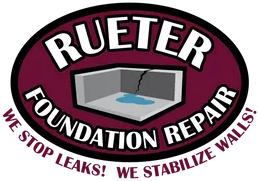



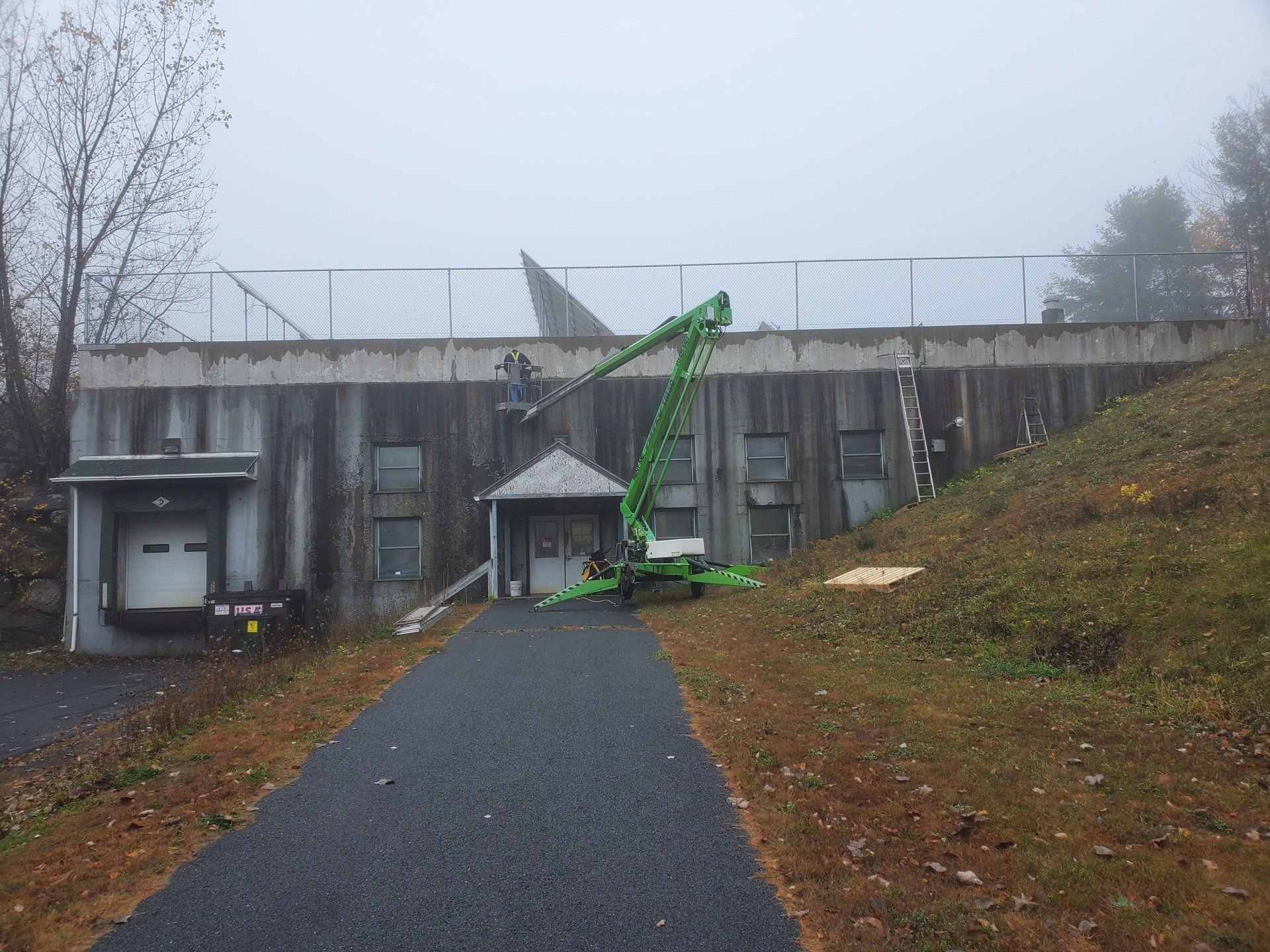
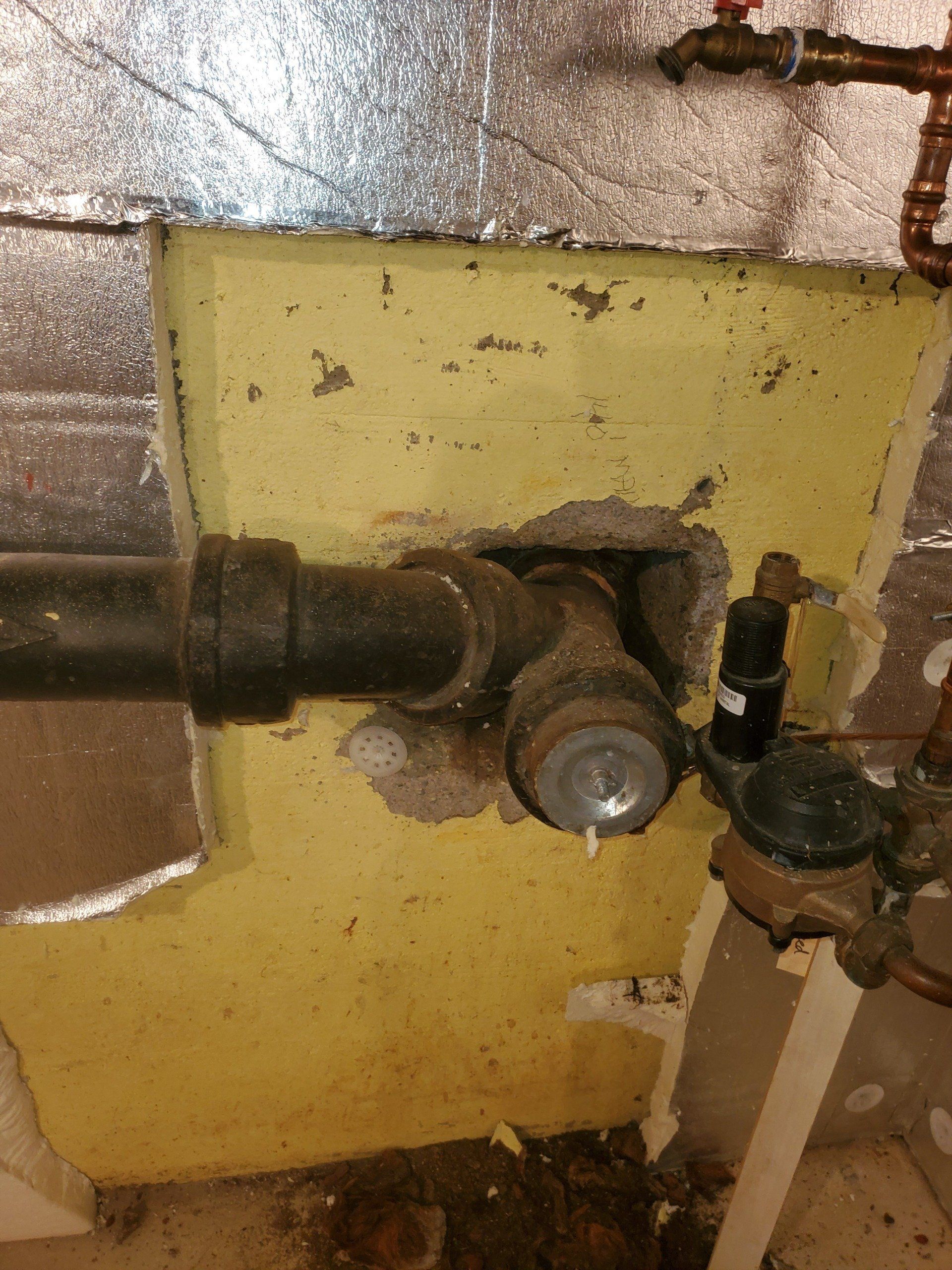
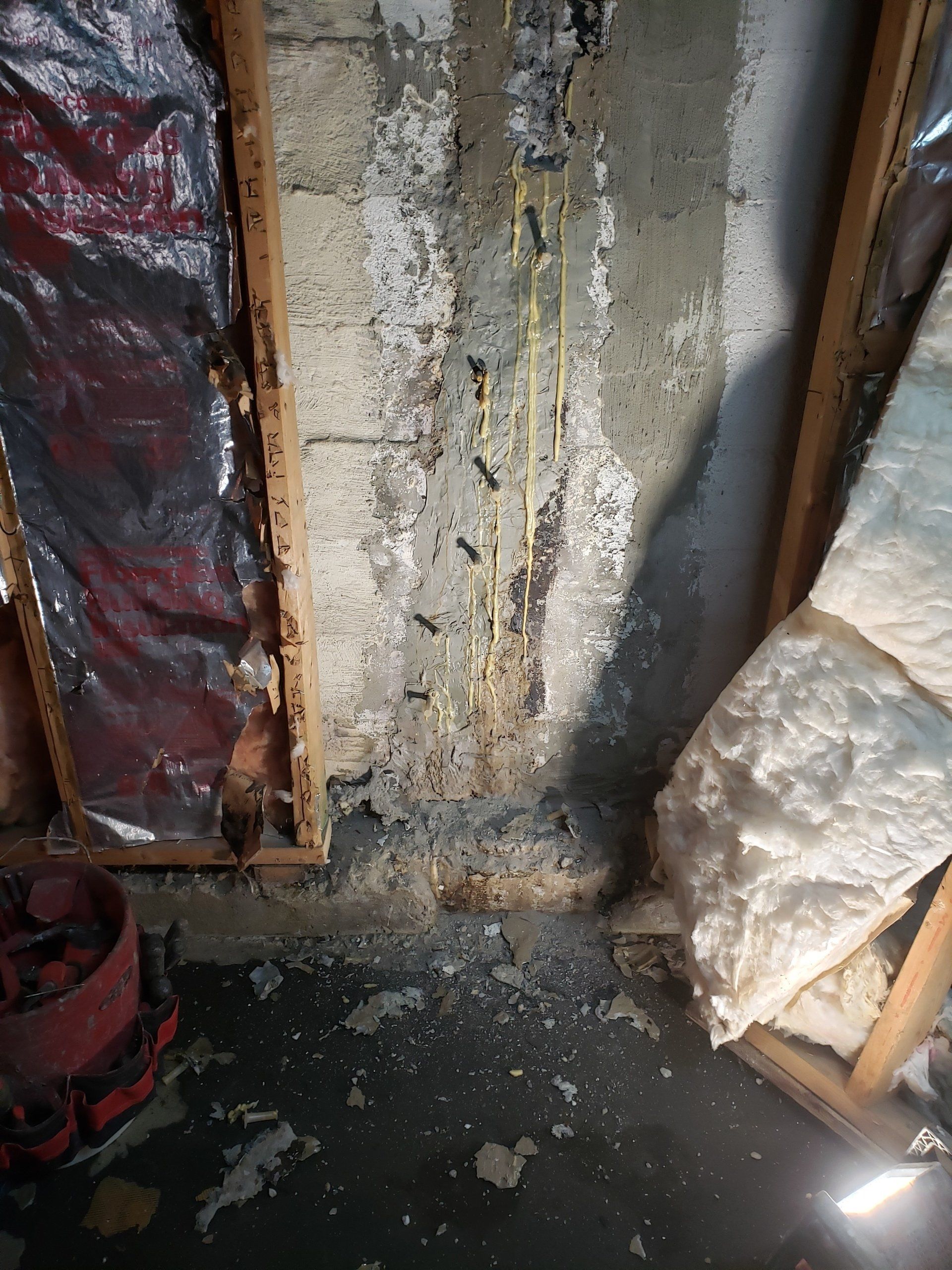

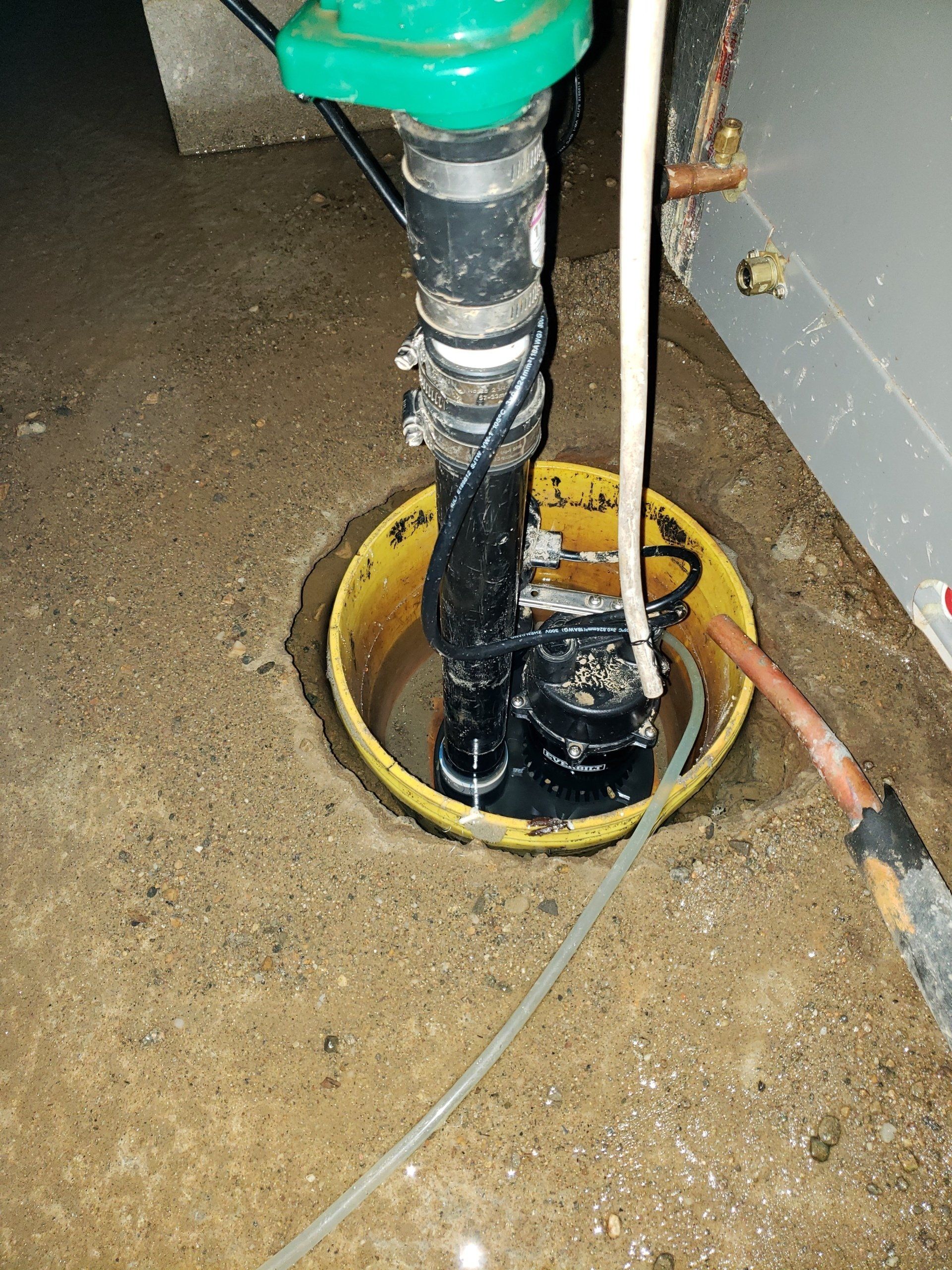
Share On: